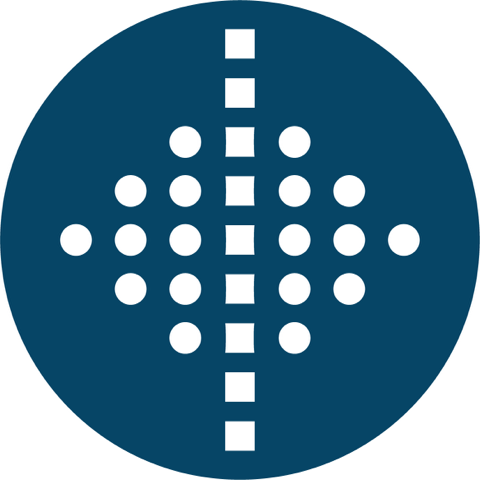Bifogade filer
Prenumeration
Beskrivning
| Land | Norge |
|---|---|
| Lista | Oslo Bors |
| Sektor | Hälsovård |
| Industri | Medicinteknik |
Intresserad av bolagets nyckeltal?
Analysera bolaget i Börsdata!
Vem äger bolaget?
All ägardata du vill ha finns i Holdings!
Bergen, Norway, June 10th, 2024: Today, Lifecare ASA (LIFE), a clinical stage medical sensor company developing the next generation Continuous Glucose Monitor (CGM), announces that the company have improved the read-out distance from sensor to the read-out device.
Reference is made to previous communications in the Q1 reporting regarding the need to improve the read-out distance to start the pending longevity study. This longevity study on dogs will be performed at the Norwegian University of Life Sciences (NMBU), located in Ås, close to Oslo.
In the longevity study, the company will introduce wireless communication between the implanted sensor and the outside read-out device. The Lifecare team has been working with external specialized consultants to improve the signal read-out distance to meet requirements, as defined by Lifecare.
The reports from factory acceptance tests conducted by Lifecare confirms satisfactory read-out distance. This conclusion being important for two reasons. Firstly, this means that Lifecare now are ready to start the longevity study in dogs, only pending final internal in-vitro sensor quality control. Secondly, the confirmed read-out distance meets Lifecare’s requirements from a product development perspective, additional improvements for distance read-out are not expected to be necessary going forward. Given that the quality in-vitro testing goes as planned, the longevity study can start at NMBU in mid-June.
- Integration of wireless communication in our state-of-the-art sensor is a sensitive matter, although solvable. Our engineers and scientist have improved the read-out distance. For us, this was a question of when, not if, we could meet the defined requirements. Now we can look forward to starting the longevity study in June. Furthermore, given good results from the longevity study and the ongoing progress towards automated production, the confirmed read-out distance is an important progress towards product readiness in the veterinary market, says CEO Joacim Holter at Lifecare.
Managing Director, Jo Amundstad of the subsidiary Lifecare Veterinary, will be responsible for carrying out the study in collaboration with NMBU. - We are fortunate to have with us some of the leading experts in internal medicine at NMBU to take part in the studies. Among these, PhD candidate Sivert Nerhagen has already been employed. He has taken part in the important preparations for the longevity study, says Amundstad. He points out that the recruitment process of patients for the study also is well under way.

